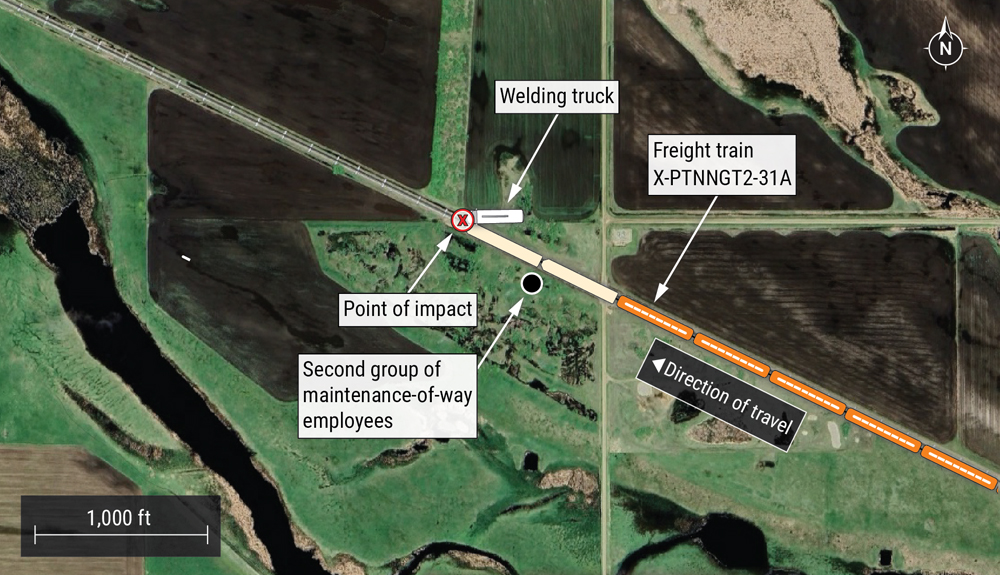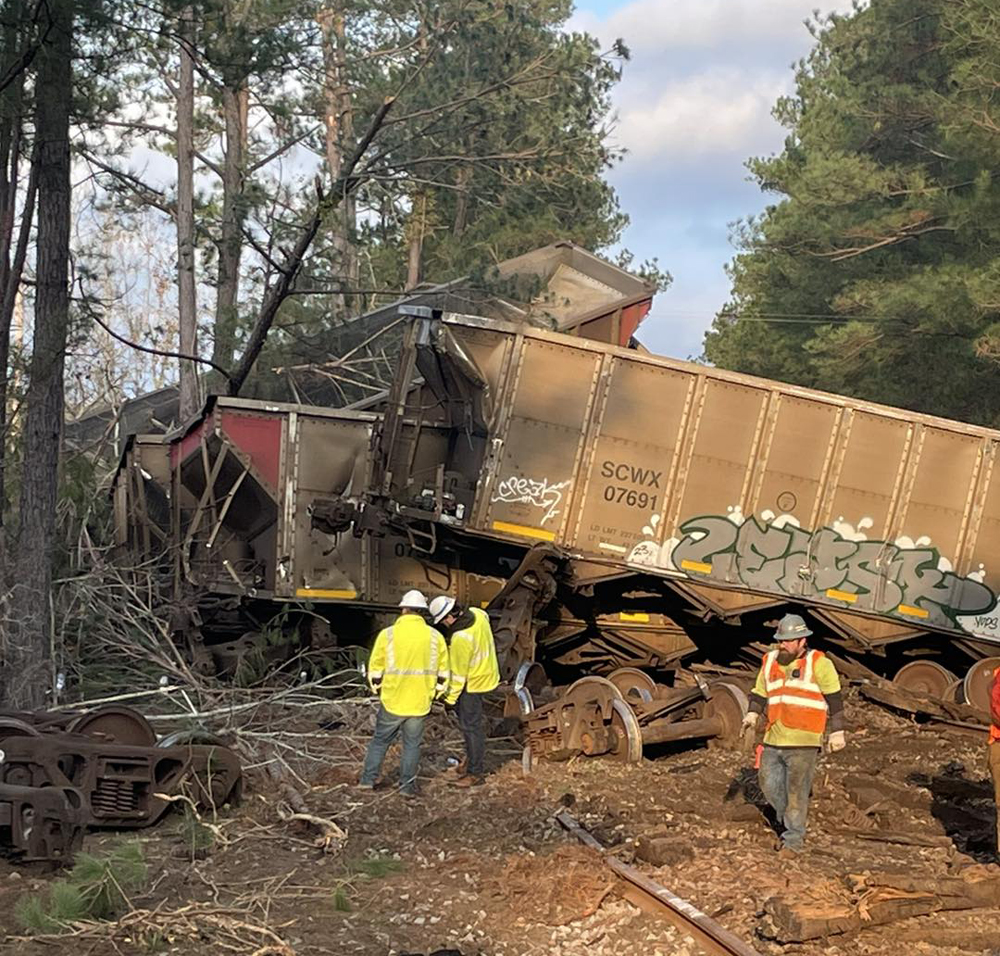WASHINGTON — A rail labor union coalition has proposed that Congress require federal regulators to conduct an annual “stress test” that would determine whether the Class I railroads have enough people, equipment, and infrastructure capacity to meet freight demand.
The recommendation, made Nov. 10 by the Transportation Trades Department (TTD) of the AFL-CIO, comes amid ongoing rail service problems due to crew shortages at the big four U.S. Class I railroads, BNSF Railway, CSX Transportation, Norfolk Southern, and Union Pacific.
 The labor coalition, which has been stung by a 30% reduction in U.S. Class I railroad employment since 2015, says the Surface Transportation Board needs expanded tools to ensure that railroads can meet their common carrier obligations.
The labor coalition, which has been stung by a 30% reduction in U.S. Class I railroad employment since 2015, says the Surface Transportation Board needs expanded tools to ensure that railroads can meet their common carrier obligations.
“Such a human and capital infrastructure ‘stress test’ would proactively ensure the railroads could indeed meet their common carrier obligation rather than waiting until things got so bad that emergency orders from the STB were needed, as has been the case recently,” the TTD says.
The unions also say that the common carrier obligation, which requires railroads to provide service upon reasonable request, needs to be more clearly defined. Congress is considering a bill that would put teeth behind the common carrier obligation and make it easier for the STB to enforce the rule.
“Unfortunately, because the common carrier obligation is not clearly defined and the term ‘reasonable’ is in the eye of the beholder, the Surface Transportation Board, shippers are reluctant to bring common carrier cases and it is difficult for the agency to enforce the railroads’ common carrier obligation,” the TTD says. “We have endorsed legislation in Congress that would more specifically define the common carrier obligation by explicitly considering factors such as staffing levels and availability of equipment and better enabling the STB to enforce this obligation, including by requiring railroads to increase employment levels or bring more equipment into the system. We urge Congress to swiftly pass this legislation before further irreparable harm is done by the railroads to our freight rail system and this country.”
The TTD also was critical of Precision Scheduled Railroading and reductions to capital spending.














Looks like Matt Rose knew what he was talking about when he warned railroads were ignoring “common carrier status” and that it could bring government intervention.
Heeeeee-haw.
Matt Rose has been gone for years. How did it take this long? Heeeeeeee-haw.
We told ya that PSR would cause railroads to be re-regulated. There you got it. It’s almost as RR begged for it.
Kind of like the election last Tuesday. The Republicans were so utterly incompetent they may as well have pleaded with the people to vote against them. (Which of course did happen.) The railroads are so incompetent, well, you already said it in your post.
The railroads have thumbed their noses at customer complaints of poor service because they’ve been applauded for record profits in spite of these complaints. So, they keep cutting to the threshold of gridlock. By the way, lack of reasonable service at reasonable cost is exactly what caused regulation in the first place.
It’s come to this? This “stress test”. A looming bureaucratic disaster of how not to run a railroad. The railroad companies have walked right into this. A 30% reduction in employment, stalled trains everywhere, lousy (to be generous) customer service. …. And the railroads think no one has noticed.
The 30% reduction in force will soon be 100% because no one wants these jobs.
Charles Landey, oh, someone noticed….the hedge funds did.
The railroads I am sure know exactly what the drive to low OR has done overall and they know it is unsustainable. They can engage by default the one entity who is more powerful than a union or a hedge fund and that is the US Government.
If the USG mandates changes that forces an increase in the OR, then it will give the C-suite all the cover they need to deal with Wall Street and the land of diminishing returns.
What bothers people is the fact they let it get this far and force Congress to respond to it. The whole exercise has disrupted a generation of workers.